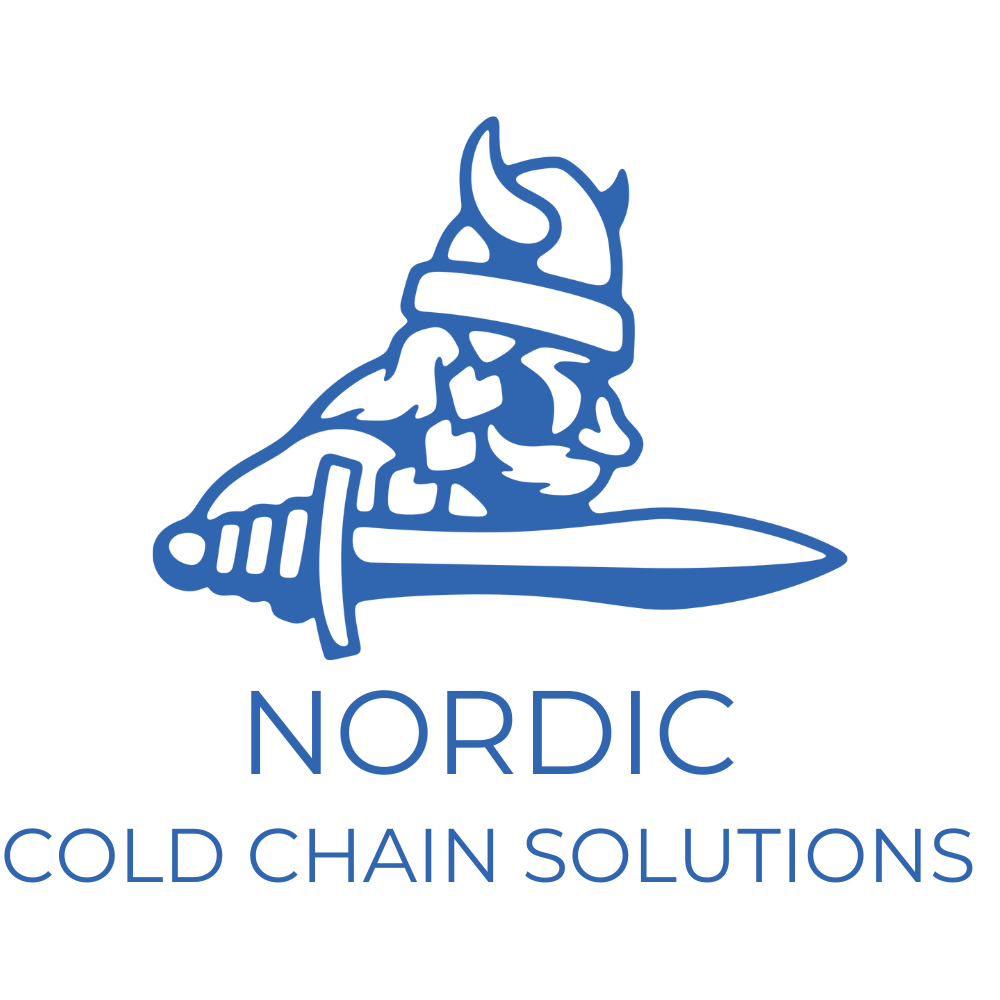Thermal testing plays a crucial role in maintaining the integrity of goods stored and transported within the cold chain. Whether you’re working with medical or food supplies, temperature monitoring is critical to quality control.
But what is thermal testing? How does it work? Understanding the basics of thermal testing in cold chains can help ensure that your products are safe, secure, and compliant all along their journey. Explore its importance, processes involved and tips for improving efficiency throughout cold chain operations. Ready to learn more? Let’s dive right in!
What is Thermal Testing?
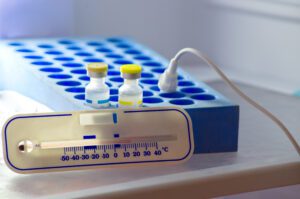
Thermal testing in the cold chain refers to the evaluation of a temperature-controlled supply chain for its ability to maintain and/or transport products at temperatures required to preserve their quality. Cold chains are often necessary to ensure that perishable or temperature-sensitive items, such as:
- Pharmaceuticals
- Chemicals
- Foodstuffs (including frozen seafood)
- Fresh produce
They will arrive safely and intact from the point of origin to the point of consumption.
The purpose of thermal testing is twofold:
- Firstly it ensures that regulated products can be transported without compromising their safety or efficacy.
- Secondly, it establishes verification for regulatory requirements related to the handling of these goods. This could include representation through reports containing evidence that a company’s processes meet legal standards for supplies held at specific temperatures.
How does the thermal testing work?
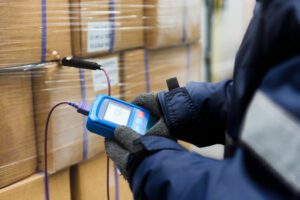 There are multiple factors that need consideration when designing and executing thermal tests: temperature range (usually -40°C/-40°F – 20°C/68°F) depending on product requirements; duration of tests (generally three days); the number of shipments tested over time; location setup (lab-based vs field-simulated environment); type(s)of sensor used in order detect any deviations from specified temperatures during shipment transportation cycle; sampling intervals etc. Depending on the needs of an organization, professional thermal testing companies may be contracted for convenience which usually involves more expensive but dedicated solutions such as custom test chambers, specialized data loggers & tracers).
There are multiple factors that need consideration when designing and executing thermal tests: temperature range (usually -40°C/-40°F – 20°C/68°F) depending on product requirements; duration of tests (generally three days); the number of shipments tested over time; location setup (lab-based vs field-simulated environment); type(s)of sensor used in order detect any deviations from specified temperatures during shipment transportation cycle; sampling intervals etc. Depending on the needs of an organization, professional thermal testing companies may be contracted for convenience which usually involves more expensive but dedicated solutions such as custom test chambers, specialized data loggers & tracers).
Basics of Thermal Testing
Thermal testing in the cold chain typically consists of two parts:
- A Preliminary test
- A final test
The preliminary test serves to evaluate each product’s ability to resist thermal shock (i.e., how quickly it can adjust from one temperature extreme to another). This assessment gives insight into what types of products are best suited for each stage in the supply chain. The final test then ensures that all regulatory requirements and safety protocols have been met before the goods can be distributed for consumer use.
Thermal testing typically consists of three main methods:
- Thermocouples: Thermocouples involve placing tiny metal sensors on objects which detect heat exchange between them; these sensors are great for measuring precise temperatures over longer periods of time.
- Infrared imaging: Infrared cameras measure surface temperatures by detecting electromagnetic radiation emitted by warm surfaces; they provide quick results when instantaneous snapshots are needed from multiple angles or locations across wide areas such as warehouses and store shelves where visual inspection may be insufficiently accurate due to shadows or obstructions blocking the view.
- Pressure probes: Pressure probes measure liquid levels inside refrigerated containers, allowing operators to accurately monitor food safety conditions within them while also providing data on changes in air quality throughout the product’s journey along its route from origin to destination.
Usages of Thermal Testing
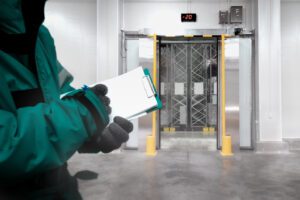 Thermal testing is an essential factor of quality assurance and compliance for the cold chain. This type of testing can help businesses provide consumers with safe, high-quality products as well as measure energy efficiency and reduce waste.
Thermal testing is an essential factor of quality assurance and compliance for the cold chain. This type of testing can help businesses provide consumers with safe, high-quality products as well as measure energy efficiency and reduce waste.
Thermal testing in the cold chain involves assessing a product’s stability during its transition from production to final delivery by measuring how it reacts to changing temperatures. For instance, food products must remain at certain temperatures in order to be preserved during transport. Similarly, pharmaceuticals require specific storage conditions, or else their efficacy can be compromised over time. Thermal testing helps organizations understand what conditions are necessary to protect their merchandise until it reaches the consumer’s hands.
During thermal testing, researchers measure many aspects of a product or material’s performance including heat transfer rates, temperature consistency levels inside containers, temperature changes due to external factors like weather patterns throughout transit routes, optimum insulation requirements for particular commodities — such as refrigerated produce — and effectiveness of cooling systems used in vessels that transport goods across long distances and overseas trips.
Reduce Risk & Save Time with Nordic
Knowing the basics of thermal testing is key for anyone who is engaged in industries that involve temperature management. Whether it’s managing temperatures during shipping or storage, it’s important to have a dependable partner to help ensure your products maintain ideal temperatures along the supply chain.
That’s why Nordic offers reliable, cost-effective cold chain packaging solutions. We know how crucial an accurate cold-chain package design can be, and our team has the knowledge and experience to give you a quality product every time. Invest in our trustworthy services today, and you can rest assured that your products will safely arrive at their desired destinations at optimal temperatures.
Contact Us, and let us help you every step of your cold chain supply journey.
